
Like a Dragon: Ishin! (PC) - Review
by Paul Broussard , posted on 21 March 2023 / 4,275 ViewsWell we might as well get this out of the way as soon as possible: the Yakuza series is rebranding itself to “Like a Dragon.” That's closer to the translation of the series name in Japan, so perhaps easier for branding purposes, but speaking as a longtime series enjoyer, I have to ask if this was really necessary. “Yakuza” is much more succinct, sounds cooler, and frankly makes more sense in most cases. What does “Like a Dragon” even mean in this case? It certainly doesn’t seem like we’re acting like a dragon, unless there’s some folklore I’m unaware of where a dragon beats up a bunch of random passers-by and then spends five hours failing miserably at Virtua Fighter.
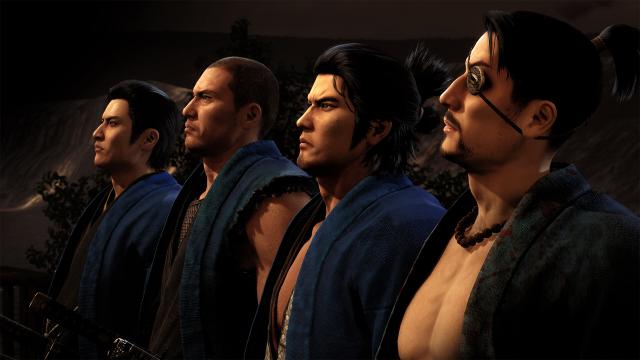
Sensibility aside, the naming change probably makes more sense here, as Like a Dragon: Ishin! is a spin-off of the mainline Like a Dragon titles, and one without Yakuza at that. Set in the mid 1800s in Edo Japan, we play as Sakamoto Ryoma, a samurai who happens to look remarkably like mainline series protagonist Kazuma Kiryu. After Ryoma’s father is murdered, he sets out on a journey to the city of Kyo in an attempt to track down his killer, with events spiraling into the usual Like a Dragon intrigue and political turmoil from there.
Ryoma’s similarity to Kiryu is worth nothing, as pretty much every major character here is purposefully designed to resemble a mainline Yakuza character. Two captains in the local military look like series mainstays Goro Majima and Taiga Saejima, another officer in the loyalist party looks like original Yakuza antagonist Akira Nisihkiyama, etc. It’s an odd choice, not only because it’s hard to think of characters with a face (and often personality) that directly matches up with someone else as their own person, but because it occasionally spoils the direction that the character will go in from a narrative standpoint. The heel turn of a character who is modeled after a villain from the main series is a lot less shocking because I’m expecting it due to his design.

That weird quirk aside, the story of Like a Street Hooligan: Ishin! is pretty engrossing, with a variety of charming and memorable characters. The plot is your typical Like a Dragon affair; an absurdly complex layer of conspiracies and betrayals, with just enough B movie campiness to keep the story’s tone on that thin line between taking itself too seriously and just being a pure comedy. Admittedly I’m not sure how much praise is entirely warranted on the character side because, again, most of the cast are just old Yakuza characters in a kimono, but the narrative is an absurd whirlwind all its own and certainly worth experiencing if you’ve enjoyed prior Like a Dragon titles.
The gameplay is pretty in line with prior Like a Dragon titles too, albeit substituting out the series’ usual stomping grounds of Kamurocho, Sotenbori, and Yokohoma for 19th century Kyo. Combat is the primary focus once again and has quite a bit of variety to it. Similar to Yakuza 0 and Kiwami, Ryoma has four “styles” available to him: Brawler, Swordsman, Gunman, and Wild Dancer. Brawler resembles Kiryu’s classic moveset a fair bit and primarily focuses on punches and kicks, which in a game primarily about fighting samurai wielding swords and polearms is about as useless as Comcast’s customer support. Swordsman is a more traditional swordfighting style with limited mobility but powerful attacks. Gunman is a style in which you abandon all sense of honor and just spend the battle stunlocking enemies helplessly ad infinitum from the opposite side of the arena. And then there’s Wild Dancer, which I immediately gravitated to as it reminded me a bit of Devil May Cry by combining both swords and guns.
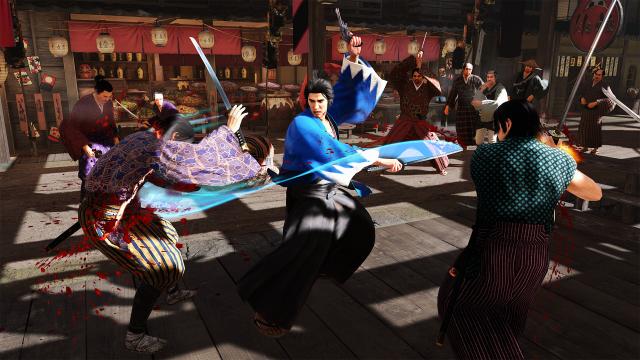
There’s a surprisingly good amount of depth to combat as well, with different styles being suited better for different types of encounters. It’s a nice change of pace from Lost Judgment in that regard, where Snake style effectively served as a “win the game” option. One thing that is a little disappointing is that style switching mid-combo is pretty much gone now, despite being a huge component of why the Yagami games’ combat was so enjoyable, but there’s still enough fun to be had within each style to last for the game’s entire length.
Like most Yakuza titles, the regular enemy encounters are almost always pushovers. Bosses are where the real challenges lie… some of the time. After about the 4 hour mark the difficulty curve starts to plummet like a crypto bro’s retirement portfolio; there were a couple of early game bosses that shoved a katana up my ass and used me as a windshield wiper, but most of the late game encounters went down on the first attempt. Like a Dragon games have never had the smoothest difficulty curves in the past (thinking of you, Majima fight from Yakuza 7), but this might be the first entry in the series that I felt got easier as it went on. Part of that might have to do with some of the insanely good upgrades towards the end of each style’s skill tree, like two for Wild Dragon that increase damage output as your combo increases and as you avoid taking damage. Another part is probably the sheer number of enemies that are just willing to stand there and get shot in the face ad infimum, making it easy to cheese your way through encounters if you're a massive coward.
When you’re not cutting people down, you’re free to participate in one of the series’ signature side activities. There’s a solid collection this time around, with some offerings from prior titles (like karaoke and shogi), but plenty of new stuff as well, like chicken racing and saving people from falling into debt. The biggest new timesink on the table though is managing a house to pay off debt, which in typical Like a Dragon fashion sounds immensely boring at the outset, only to turn out to be surprisingly addictive. After about two hours straight of dealing vegetables to pay off a loan, I decided I had to put the side quests to the side to get through the main campaign in time for the review deadline.
But overall I think the greatest thing that Like a Dragon: Ishin! has going for it is that it captures the tone of Yakuza properly. While the two Judgment titles handled the combat better than any other entry in the series, those games just don’t resonate with me as having the right level of charm and fun. That aforementioned line between drama and comedy is something that the mainline Like a Dragon games handled well, and Ishin! feels like it gets back on track in that regard.
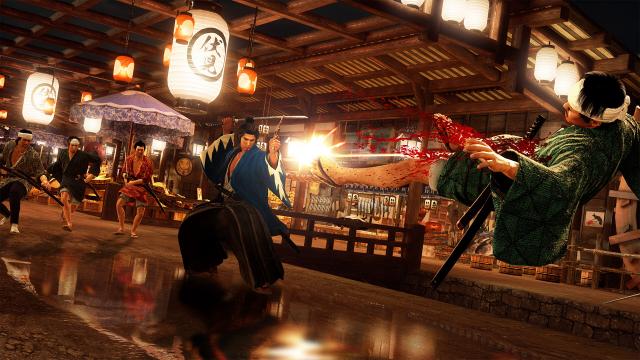
Aesthetically Like a Dragon: Ishin! looks mostly fine. Character models in cut scenes are very polished and look realistic. The combat and movement animations are pretty good, although the game does have a weird habit of making people straight up disappear into the void sometimes out of nowhere. The music is satisfactory as well, with a number of really good boss themes that overshadow a soundtrack that is otherwise competent at best.
In the end, Ishin! is a good Like a Dragon game. The changes to combat and new side activities are welcome additions, if hardly revolutionary. While it doesn’t feel like it quite reaches the heights of Yakuza 0 or 7, it still stands out as another fun romp through an insane story with an entertaining batch of characters. But maybe next time we can skip trying to get me to learn shogi, cause it’s never happening, RGG Studios.
VGChartz Verdict
7.5
Good
This review is based on a digital copy of Like a Dragon: Ishin! for the PC








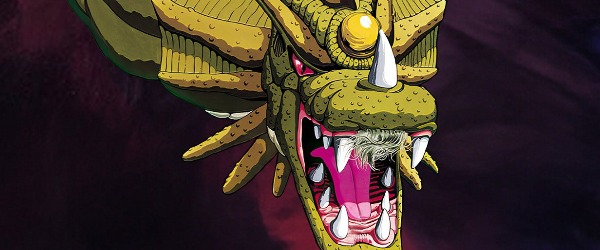
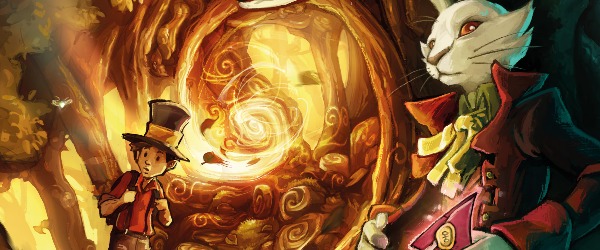
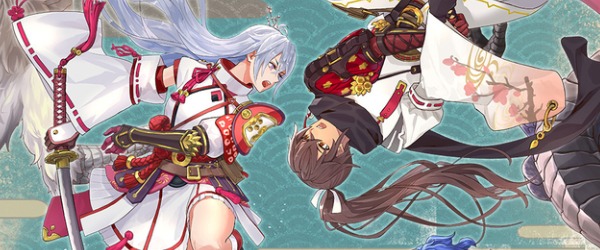
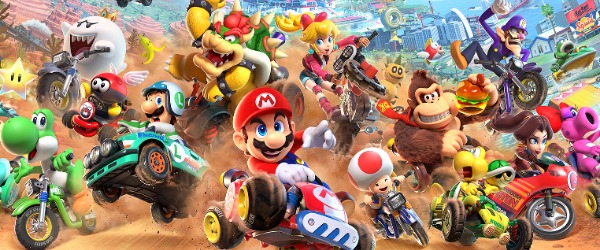













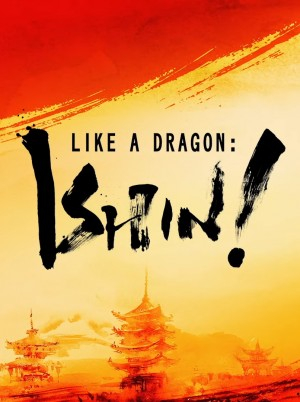



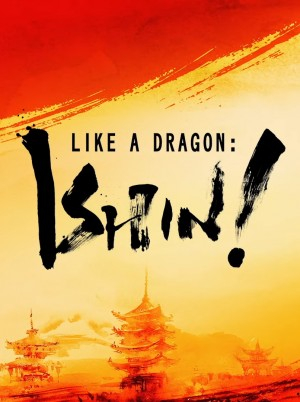

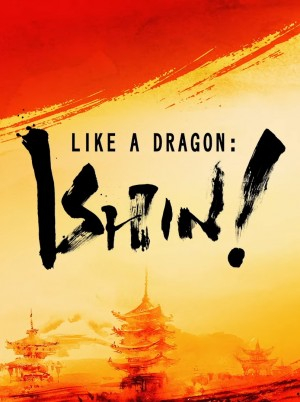

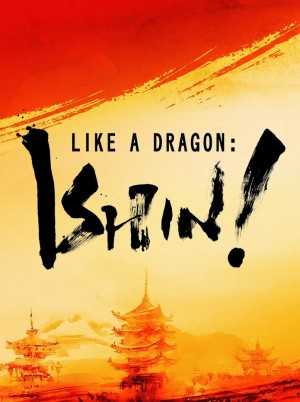

 Essay Pro
Essay Pro